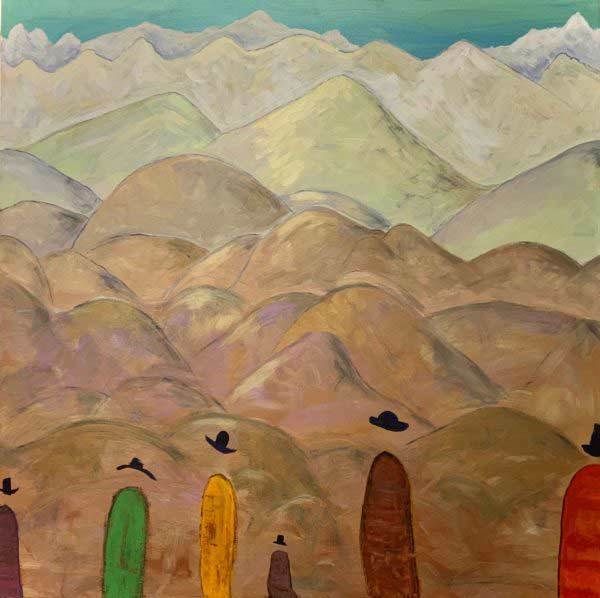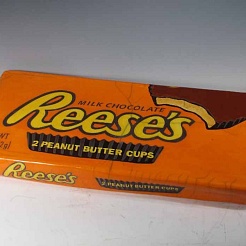 Pacha is often translated as “world” in Quechua (a language of indigenous people in South America). Pachas overlap and interact in Incan cosmology, presenting both a material order and a moral order. Dr. Atuq Eusebio Manga Qespi, native Quechua speaker, has stated that pacha should be translated into Spanish as tiempo-espacio, “spacetime.”
Pacha is often translated as “world” in Quechua (a language of indigenous people in South America). Pachas overlap and interact in Incan cosmology, presenting both a material order and a moral order. Dr. Atuq Eusebio Manga Qespi, native Quechua speaker, has stated that pacha should be translated into Spanish as tiempo-espacio, “spacetime.”
Contemporary abstract artist Jim Klein was inspired after meeting a young man from Peru and took a moment to discuss two of his latest works, Musog Pacha and Hanaq Pacha.
What inspired you to create these paintings?
Jim: I had the great fortune to meet Julio, a self-motivated and inspiring young gentleman from Peru, who currently has a position at an institute on the George Mason University campus.
I was really intrigued by Julio. He shared with me stories of where he grew up in his southern coastal town in Peru, framed by volcanoes and the Andes Mountains. His stories inspired me to research. After looking into images of mountain Peruvian people, I learned they wore these very distinct hats for celebrations.
All kinds of hats are worn in this region. Small bowlers that sit high up on the head, to monteras, a wide brimmed hat shaped like a bowl, hats are a symbol of pride and culture for the native Peruvians.
The region is also known for bright colors in their traditions and customs. These bright images flooded my mind’s eye; the combination of the Andean Mountains and the colorful textures worn by the locals celebrating their heritage. I was inspired to try to capture these images.
What was the process like to capture the feeling of the painting?
Jim: Hanaq Pacha was completed first on a vertical rectangle canvas. I started with a few layers of wash before adding metallic hues that created an interesting effect on the background. Throughout the process, Julio helped me find the title and gave me advice. Hanaq Pacha is now hanging in Faust Gallery in Santa Fe, right across from our favorite restaurant, The Shed.
My usual stock of blank canvases was low, so Musog Pacha was painted on a 60×60-inch canvas. The square shape forced me to think differently about the composition and it presented more of a challenge than the first Pacha.
Musog Pacha required many more layers of work to lead the eyes, and allow them to follow along the painting as I intended. This had the dual effect of creating interesting layers in the mountains.
Musog Pacha is currently hanging at the farm studio and gallery in Colorado.
Where else can folks view these paintings?
Jim: We had these printed as postcards, so if you live around the Scottsdale area you might find a mini version of these in your mailbox these days.









